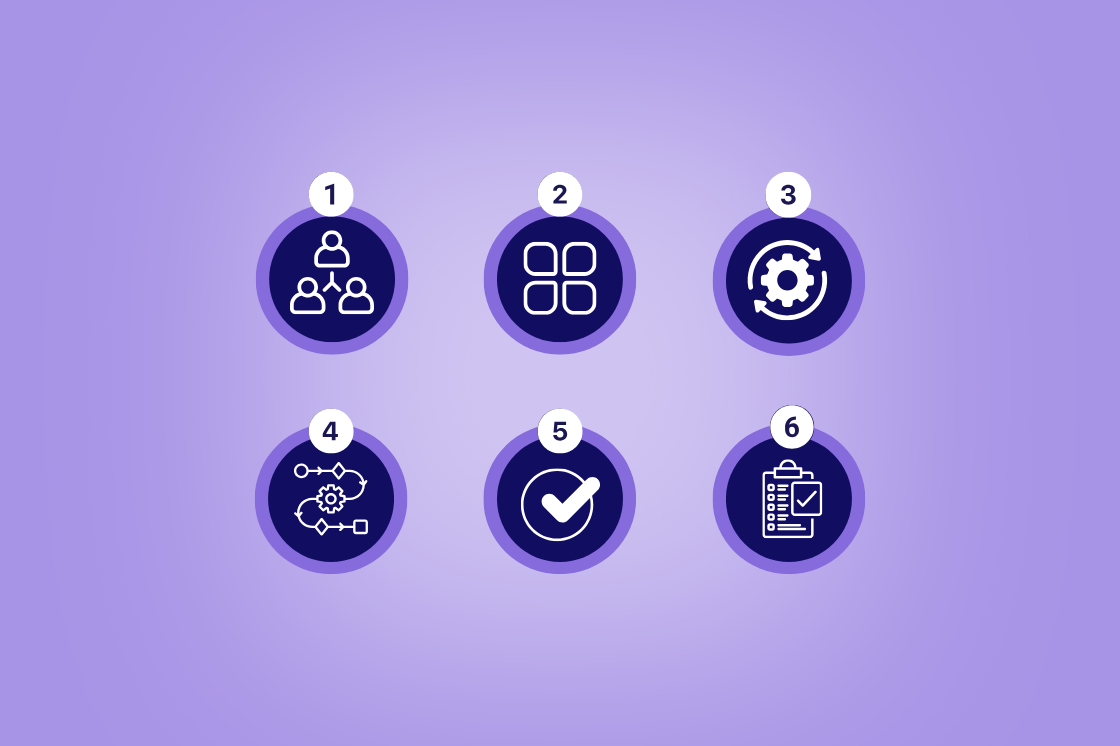Business Process Management and the Digital Enterprise
Organizations increasingly use digital technologies to automate business processes, improve efficiency, lower costs, and maximize customer experience. Digital transformation (DT) is their path to becoming a Digital Enterprise. Business Process Management (BPM) is where the transformation begins!
Digital Transformation Initiatives are at the top of every CIOs list of priorities. They are applying digital technologies to create new business models, increasing productivity and improving the bottom line. CIOs are investing heavily to make this a reality, with transformation and process automation spending topping their list.
The top 5 IT investment priorities for CIOs, based on the Flexera STATE OF TECH SPEND REPORT | 2021, are as follows:
- Digital Transformation
- Cyber Security
- Cloud Computing / Cloud Migration
- Customer Experience
- Cost Savings
A closer look at these top five priorities shows they are highly intertwined and are fundamental to becoming a digital enterprise. These priorities translate to significant IT investments.
There is no sign of this investment slowing down. The COVID-19 pandemic has sped up the implementation of the digital transformation strategy in many companies.
With digital transformation topping IT spending, it is essential to see a return on investment.
Did you know that up to 70% of the DT projects fail to achieve their goals? These failures represent tremendous waste and place companies at significant risk!
Many factors contribute to this high failure rate. These factors include; poor sponsorship, lack of a business strategy, ad-hoc business processes, few technical requirements, and resistance to change.
These factors stifle process innovation and increase the risk of failure. So how can an organization improve its chance of success?
We recommend you adopt a BPM approach to improve the chance of success.
Business Process Management Approach
Business process management is not a one-time activity. Nor is it something to apply to a single transformation project. It's a methodology to ensure that you take a proactive approach to your processes, from definition to business process automation.
BPM is the glue that ties together sponsorship, strategy, process management, process automation, and continual improvement. BPM must become a core competency of any organization looking to innovate and improve.
There are five components to a BPM program.
- Process Discovery. To successfully transform your business, you need a clear understanding of your existing processes. Many organizations have poorly defined processes and rely on the heroic efforts of their staff to get things done. BPM involves working with the business to identify and document current processes using BPM tools. Learn more about process discovery.
- Process Modeling. Process improvements, management, and automation begin with business process modeling. Once you've discovered your processes, it is essential to document them clearly and consistently. Check out this introduction to process mapping article for some ideas to get you started.
- Process Management. Ensuring your processes deliver value is an important management activity for today's digital businesses. Management requires that process metrics and controls defined as part of process modeling are measured and managed. This responsibility falls upon the process owner and the process manager.
- Process Optimization and Improvement. Service improvement is at the core of companies' transformational journeys. You should review every process regularly with an eye on improving efficiency, reducing cost, and reducing waste. It's the combination of process management, optimization, and improvement that will drive process innovation.
- Process Automation. Automate a set of activities or business rules in BPM or workflow management software. The key to successful business process automation is well-defined processes and precise requirements.
Adopting a BPM approach will help you improve your processes, whether making small or radical changes. A BPM approach will help you sustain and build upon those improvements. Learn about the other benefits of a Business Process Management program.
Business Process Management Roles and Responsibilities
A sustainable BPM program requires the following roles to be in place.
Process Owner: Every process in your organization should have an owner. The process owner is a senior manager responsible for ensuring the process is implemented and used correctly. Responsibilities include:
- Definition of the process mission, goals, and objectives.
- Resolve cross-functional issues.
- Ensure consistent execution of the process across departments
- Report on process effectiveness to senior management
- Initiate process improvement initiatives.
Process Manager(s): The Process Manager(s) are responsible for executing the process. The Process Managers ensure the process is carried out consistently across the organization, under the direction of the Process Owner. Responsibilities include:
- Manage the day-to-day activities of the process
- Track process compliance
- Escalate any issues with the process.
- Gather and report on process metrics.
- Develops/evaluates action plans for dealing with identified deficiencies in the process.
Director of Business Process Management. The director is responsible for leading all process initiatives across the organization. Process consultants, business analysts, and solution architects report to the director. The director can deploy these resources o work with the business on specific projects.
Business Process Consultant / Business Analyst. The BPC is responsible for specific improvement initiatives. They work with the business to analyze, optimize, and document business processes and services to improve business outcomes. They model the processes in BPM software and capture user stories and technical requirements essential for process automation. Check out this Guide to Selecting Business Process Mapping Tools.
Solutions Architect: The architect works with the BPC/BA to design technical solutions to automate the business processes. They must stay abreast of current technologies to recommend the best solution for the job.
BPM Center of Excellence: Larger organization combines the previously defined roles into a BPM Center of Excellence (COE). The COE is responsible for process analysis, modeling, standards, reporting, governance, training, and communications.
Many organizations are on the road to becoming digital enterprises. This journey will be much smoother if you adopt a Business Process Management approach. With it, you will reap the rewards of improved agility, higher productivity, reduced costs, and improved customer focus.


